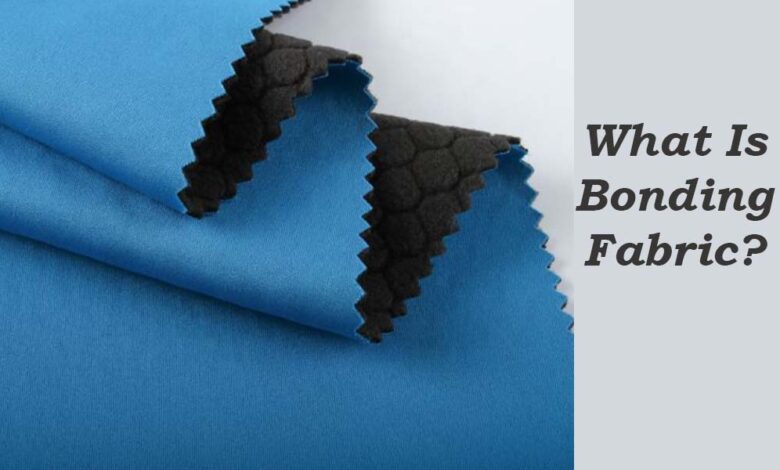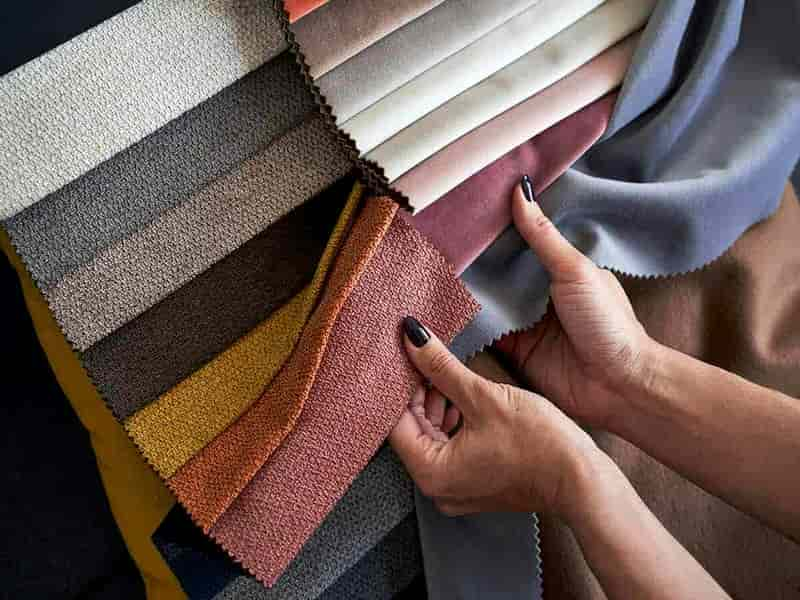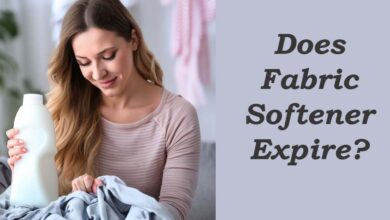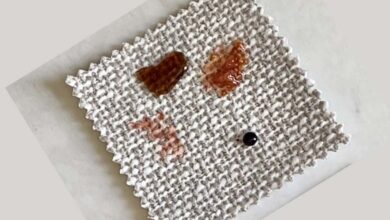What Is Bonding Fabric? A Closer Look At Its Details

The world of textiles is constantly evolving, with innovative techniques and materials transforming how we design and create fabrics. Among these groundbreaking advancements, bonding fabric has emerged as a game-changer. But what is bonding fabric?
In a nutshell, bonding fabric is a unique process that fuses two or more layers of fabric, creating a single composite material with enhanced properties and functionality. This ingenious technique has revolutionized the textile industry, opening up a world of possibilities for designers and manufacturers.
In this article, we will delve deeper into bonding fabric, uncovering its characteristics, benefits, and the myriad of applications that make it a go-to choice for a wide range of industries. Join us as we explore the boundless potential of this innovative textile innovation.
What Is Bonding Fabric?
Bonding fabric, also known as fused fabric or laminated fabric, refers to a textile material that is created by bonding two or more layers of fabric together.
This process involves the application of heat, pressure, or an adhesive to fuse the layers, creating a single composite fabric with improved characteristics and performance.
Bonding fabric is essential in many industries, providing various products strength, durability, and versatility.
Whether you’re in the fashion, automotive, or healthcare industry, bonding fabric plays a crucial role in enhancing the quality and performance of your creations.
Different Types Of Bonding Fabric

Different types of bonding fabric are used in clothing manufacturing.
- One type is heat-activated bonding fabric, which uses heat to activate the adhesive and bond the fabric layers together. This type of fabric is commonly used in applications where durability and strength are essential.
- Another type is pressure-sensitive bonding fabric, which uses pressure to create a bond. It is known for its versatility and is used in various automotive, medical, and aerospace industries.
- Lastly, ultrasonic bonding fabric uses high-frequency vibrations to generate heat and bond. This method offers advantages such as speed, precision, and uniform bonding.
Understanding the bonding process and exploring the characteristics of these different types of bonding fabric can help manufacturers choose the most suitable option for their specific needs.
How Bonding Fabric Is Used In Various Industries?

Bonding fabric has extensive applications across various industries due to its unique properties. Here’s a brief overview of how bonding fabric is used in different sectors:
Fashion Industry:
Bonding fabric is utilized to produce high-end garments to provide structure and shape. It enhances the clothing’s overall appearance and aesthetic appeal by enabling clean lines and precise detailing. Bonding fabric is often used to create outerwear, activewear, and lingerie.
Automotive Industry:
Bonding fabric is employed in manufacturing automotive interiors, such as seat covers, door panels, and headliners. It offers increased durability, abrasion resistance, and sound insulation properties.
Bonding fabric also ensures a smoother and more luxurious feel, enhancing the overall comfort of the vehicle’s interior.
Healthcare Industry:
In healthcare, bonding fabric creates medical garments and disposable products. It provides comfort, breathability, and fluid resistance, ensuring the safety and well-being of patients and healthcare professionals.
Bonding fabric is also used to produce wound care dressings and surgical drapes.
Home Furnishing Industry:
Bonding fabric is applied to produce various home furnishing items, including curtains, upholstery, and decorative cushions. It enhances the durability and longevity of these products, ensuring they withstand everyday wear and tear.
Bonding fabric also offers improved thermal insulation and reduces light penetration in curtains.
Sports and Outdoor Industry:
Bonding fabric is extensively used in creating sports and outdoor apparel, such as hiking gear, skiwear, and rain jackets. It provides resistance to weather conditions, moisture management, and breathability, enabling optimum performance in challenging environments.
The bonding fabric’s lightweight and flexible nature enhances freedom of movement for athletes and outdoor enthusiasts.
Bonding fabric is a versatile material that adds value and functionality to countless products in various industries. Its ability to enhance durability, structure, and aesthetics makes it an indispensable component in the manufacturing process.
By incorporating bonding fabric into your designs, you can elevate the quality and performance of your creations, ensuring customer satisfaction and success in your respective industry.
Fabric Bonding Machine
Advantages And Benefits Of Bonding Fabric
Bonding fabric offers numerous advantages and benefits. It improves durability and strength, enhancing the longevity of garments. The fabric also provides enhanced comfort and flexibility, allowing for unrestricted movement.
Furthermore, bonding fabric exhibits increased resistance to shrinkage and wrinkles, keeping garments looking fresh and new.
This innovative technique helps create high-quality apparel that meets the demands of modern consumers. By bonding fabric, manufacturers can produce garments that are not only fashionable but also durable and long-lasting.
With its unique properties, bonding fabric is revolutionizing the textile industry, setting new standards for comfort, durability, and style.
Garments made from bonded fabric are a testament to the advancements in textile technology, providing consumers with stylish and functional clothing options for everyday wear and special occasions.
Care And Maintenance Of Bonding Fabric
Bonding fabric is a type of fabric where two or more layers are bonded together. Its care and maintenance are essential to ensure its longevity.
Always check the care label for specific instructions when cleaning bonding fabric garments. For general cleaning, it is recommended to hand wash or use a delicate cycle in the washing machine.
Avoid using harsh detergents or bleaching agents. After washing, gently squeeze out the excess water and lay the garment flat to dry.
Avoid wringing or twisting the fabric to prevent damage. When storing bonding fabric garments, fold them neatly and avoid hanging them to prevent stretching.
Handling bonding fabric garments with care is vital to prolong their life. By following these guidelines, you can maintain the quality and appearance of your bonding fabric garments.
Frequently Asked Questions On What Is Bonding Fabric
How Is Bonding Fabric Made?
How Is Bonding Fabric Different From Traditional Sewing?
Is Bonding Fabric Suitable For All Types Of Fabrics?
It is vital to consult the fabric manufacturer’s guidelines or conduct a small test before bonding fabric.
Can Bonding Fabric Be Washed And Cared For Like Traditional Fabric?
Always check the label or consult the manufacturer’s guidelines for the best care practices.
Final Thoughts
Bonding fabric is a revolutionary technique that has transformed the textile industry. Its ability to combine two or more materials with distinct properties allows for endless possibilities in design, durability, and functionality.
Using heat, pressure, or adhesives, bonding fabric creates a cohesive and seamless material surpassing traditional sewing methods.
The versatility of bonded fabrics makes them ideal for various applications, from sportswear to automotive interiors.
Embracing this technology opens up avenues for innovative and sustainable solutions in the ever-evolving fashion world and beyond.
So, next time you encounter the question, “What is bonding fabric?” you’ll know that fusion binds brilliance and innovation together.
Read more-




3 Comments